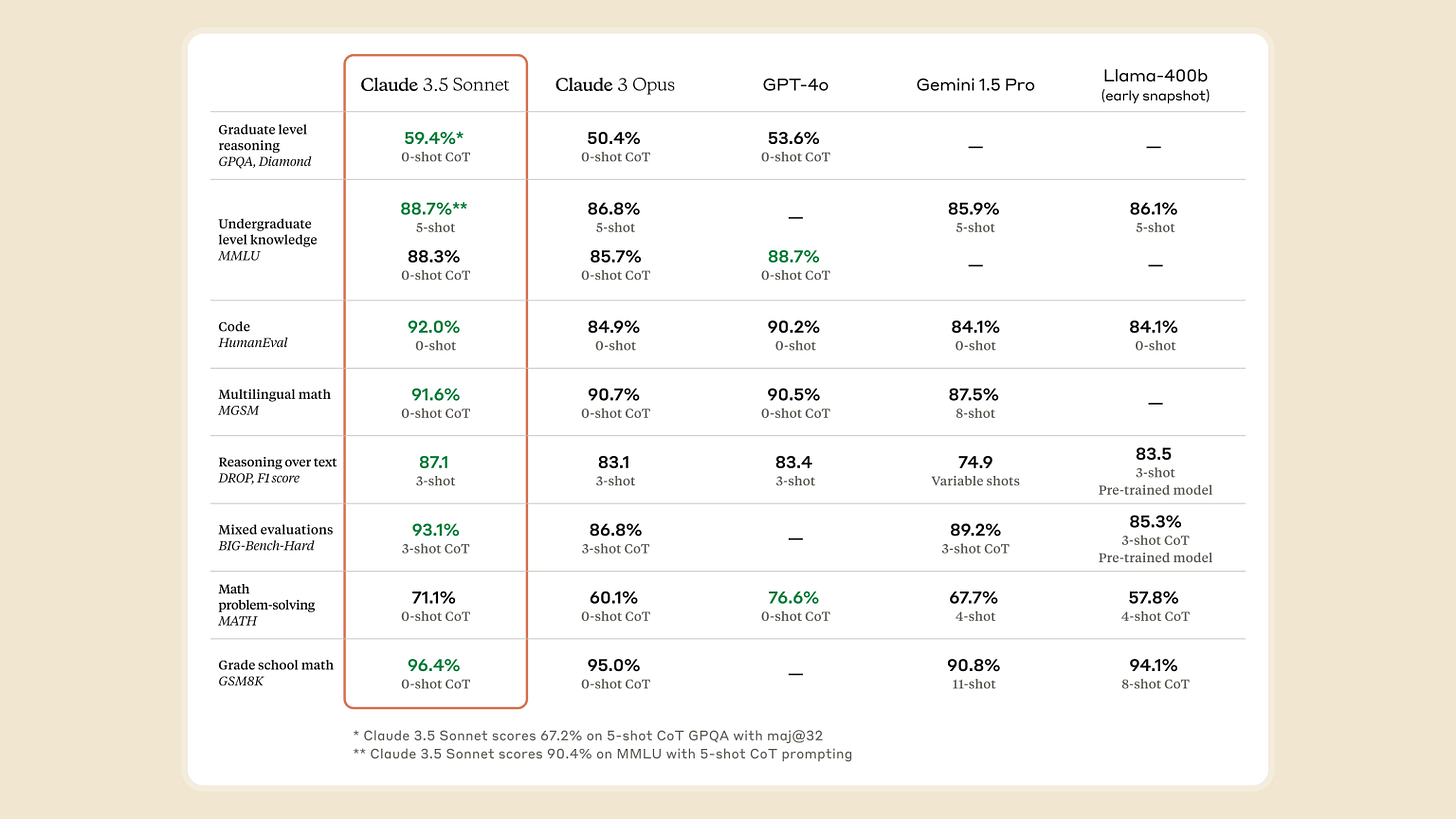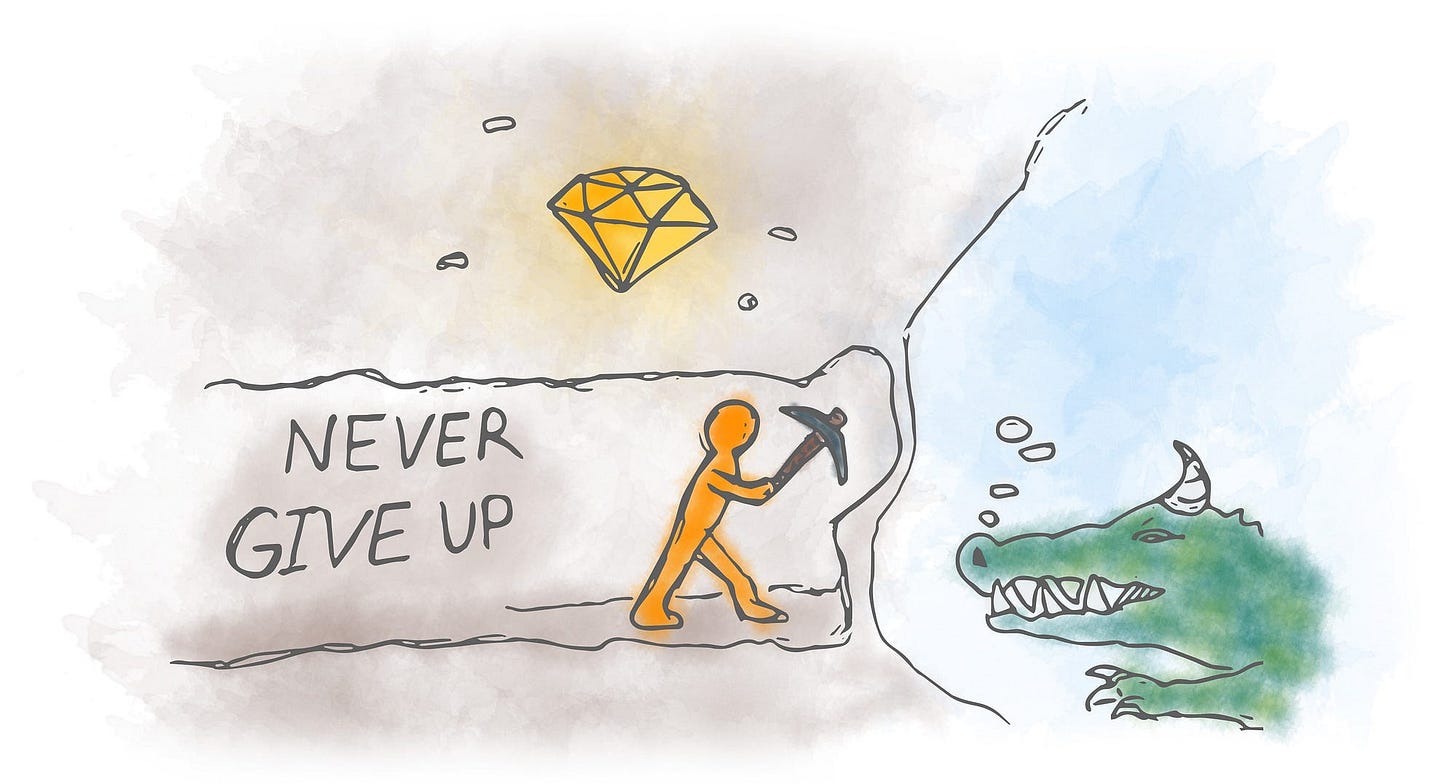The Critical Mindset Shift for AI Collaboration: Prioritize Resetting
When facing roadblocks with AI tools, resetting your approach often yields faster, cleaner results than persistent troubleshooting—applicable to coding, content creation, and strategic planning alike.
As AI models become more powerful, I found myself dissatisfied with simple ChatGPT-style conversations.
When Claude 3.5 launched with its highly-praised coding capabilities, I was eager to experiment. Little did I know this journey would teach me a fundamental lesson about working with AI.
My Journey into AI Collaboration
My ambitions started modestly—building a blog with Notion. Despite having some product design experience and basic knowledge of HTML and CSS, I had never fully committed to learning JavaScript.
Pre-AI learning barriers and shifting work priorities left me settling for tweaking WordPress themes rather than coding from scratch.
After briefly researching current frontend tech stack, I chose Svelte and Tailwind CSS. While I initially planned to systematically learn Svelte through official documentation, the temptation for immediate gratification won out.
I impatiently shared my requirements with Claude, which promptly generated code. Despite my unfamiliarity with even basic VS Code and GitHub operations, Claude's patient guidance helped me get started.
As my interactions with Claude increased, I began to develop a process: clarifying requirements first, discussing project structure, then implementing specific page code.
I achieved better-than-expected results in less time than anticipated. Emboldened by this success, I conceived a more ambitious project—developing a paid data service requiring full-stack development.
The Turning Point
This new journey proved challenging, particularly regarding database management with PocketBase. Without fundamental knowledge of schema design, I stubbornly applied my previous approach of determining project structure before coding.
Soon I found myself drowning in unfamiliar concepts like APIs and server-side operations that I'd heard about in product design but never implemented.
As the project complexity increased, I became trapped in specific code issues, repeatedly communicating with Claude to correct errors—including those caused by its limited memory of our conversation context.
Like someone sinking in quicksand, my struggles only pulled me deeper. I found myself hitting Claude's usage limits within 30 minutes of each 4-hour refresh period.
the model's problems were reflections of my own.
Fortunately, rather than breaking my computer in frustration, I stepped back to reflect. I gradually realized that the model's problems were reflections of my own. I hadn't clarified my requirements or approach, yet expected Claude to refine and implement my ideas through conversation alone.
The Reset Mindset
With this realization, I took out pen and paper to thoroughly map my requirements, especially complex state transitions.
When I returned to dialogue with Claude afterward, I experienced the delight of rapidly implemented functionality. Rebuilding the project with clearer planning achieved results faster than continuing to debug the original approach.
When I first decided to abandon the project and start fresh, looking at multiple layers of files and code in VS Code, I hesitated profoundly. What if this reset required twice as much time?
Although I hadn't written a single line of code myself, pre-AI thinking patterns made me excessively value any output, regardless of quality.
Risk aversion and sunk cost fallacy made me anxious, but remembering days of frustrating debugging convinced me to take the leap.
When thought results can be massively generated, your ideas become more important than their expression.
The results were surprisingly smooth—the newly generated code was more concise, clear, and elegant.
I realized we've entered an era where the time cost of obtaining text or code is negligible. When thought results can be massively generated, your ideas become more important than their expression.
This is similar to how I, having grown up in material abundance, struggle to understand my parents' frugal habits formed during times of scarcity.
We're now living in an age where information generation is no longer scarce—it's time to abandon information-conserving mindsets.
Beyond Coding
This priority reset mindset applies widely. When collaborating with AI, if you become stuck due to unclear thinking, rather than repeatedly communicating to fix errors, step back to think clearly and start fresh.
if you become stuck due to unclear thinking, rather than repeatedly communicating to fix errors, step back to think clearly and start fresh.
Boldly abandoning unproductive struggles is actually self-compassionate, allowing you to restart with clearer thinking for faster, higher-quality output.
This reset mindset isn't limited to programming—it applies equally to content creation, strategic planning, and many other domains.
In a world where generating output costs almost nothing, prioritizing clear thinking before output becomes the critical success factor.
Are you interested in learning more? You can follow me on Twitter or subscribe to my newsletter, where I'll share more structured insights about this and other mindset shifts required for effective AI collaboration.
See you soon.




